Kinera — not a new player on the IEM market. Many audiophiles or fellow «compassionates» already familiar with Kinera IEM models and share their thoughts on the most popular internet resources. There are plenty of reviews and comments, mostly positive. Since the establishment in year 2010, along with selling their own end-user products, Kinera also acts as a vendor of BA & dynamic drivers to other manufacturers. Here is some of their background taken from the
official website:
«Yutai electronic acoustic research center established in 2010, cooperates with top acoustic research institutions and commits to research and develop new generation of high-tech electronic products.At present,Kinera has obtained 24 patent authorization.
Kinera has a strong R&D team, from research, design, production to sales. commits to bringing the most beautiful sound to the world. With the most enjoyable listening experience, focusing on «quality, sincerity , innovation, win-win» business philosophy, Kinera controls all details, from product development, raw material to produce. All items are strictly complied to European environmental standards (with CE&RoHS certificates).
Kinera produce balance armature drivers and earphones, which have been popular since it launch in 2012. With high quality, excellent service, Kinera products have been sold to Europe, America and Southeast Asia and win reputation from our customers. Now, Kinera is developing hybrid dynamic-balanced armature earphone, to lead the music trend of world.»
This is the first time for us to deal with Kinera brand and to understand what they have to offer in the most modern market niche of hybrid IEMs at under $50 price range. In this review we would examine Kinera Seeds hybrid IEMs and try to compare it to their class rivals. Note that according to Kinera — Seed are the 2nd generation of BD005 IEMs that they have started their story with…
Kinera Seed technical specifications:
- Drivers: 1 dynamic driver + 1 balanced armature driver
- Sensitivity: 108 ± 2db
- Impedance: 17Ohm
- Dynamic Driver Diameter: 8mm
- Frequency Response: 20 — 20000Hz
- Plug Type: 3.5mm
- Connectors: 0.78mm, 2-pin (detachable)
- Cable: 1.2m, silver-plated copper wire, 6-core
- Cable options: with mic and remote control, without mic and remote control
AFR graph:
According to this graph Kinera Seed should have some V-shaped sound with a slight tendency to overemhasize on midbass and treble. Pretty common situation for hybrid IEMs… But this dosn’t tell anything about such aspects as tonality, coloration or resolution of the sound which we are about to find out.
Build structure:
Seed IEMs are using 1 x 8mm dynamic driver with N50 magnet and 1 x Kinera own BA driver that claimed to have an extent up to 24kHz and low amount of distortion.
Packaging and box contents:
People behind Kinera brand definitely know how to draw the attention to their product and build the first impression… No matter the budget, packaging is almost perfect — very neat boxes with lots of technical details, brand name and product name inprints, good design graphics, social pages invitation and «thank you» leaflets.
This is the first time we see so much efforts and investments spent to envolve a customer into further relationships with the brand.
Box contents are great:
- Kinera Seed IEMs
- cable
- 3 pairs of silicone eartips (S/M/L size)
- protective pouch
- social pages leaflet
- detailed user manual
Again, wanted to emphasize Kinera efforts to deliver much of the details about their product to the end user. Never seen such detailed IEMs user manual before — plenty of infromation about company, product, technical structure, AFR, cable, background story, ect. This is a must for any IEMs with sophisticated technical design but only few companies would do the same. Customer always likes some additional background for the current investment. (Moreover, the whole audiophile segment is based on stories, fairy tales and legends ) Good for Kinera and shame on other brands…
Materials and build quality:
Seed are made of glossy black plastic with gold brand logo and side indicators molded and additional model and brand name grey inprints on the inner part.
Output nozzle is also painted in gold with interesting two separate output holes instead of regular protective grill/filter (not detachable, though). Cable ports are 2-pin 0.78mm type with very tight openings.
Crafting is great, all elements are perfectly aligned, no signs of any movement or free play, no sounds when excessive squeezing force is applied.
We’ve got black cable with the mic and in-line remote. Although there is not much of the infromation about it — we think that it is very similar to white cable option. It is 1.2m, 2 sets of 3 x AWG28 silver-plated oxigen-free copper wire (+ a pair for mic function) twisted from IEMs connectors down to audio source plug.
It also features transparent tube ear guides, Y-splitter and retainer, wire bending protection and gold-plated 3.5mm plug. The only problem in this cable is that it doesn’t have sides indicators apart from red / blue pin base which correspond to right / left channel. This might be tricky for a newbe to align everything correctly.
Kinera Seed fit is perfect. Thanks to the shape, eartips choice and ear guides — they are very comfortable to wear — hold tight even when excercising, not producing any sounds and perfectly cutting outer noise. We would say that Seed are one of the best IEMs so far in this regard. You can spend much time wearing those with no signs of fatigue or pain.
In-line remote:
Works as expected. Tried to use it with Xiaomi Redmi Note 4X smartphone. Volume buttons do the corresponding job and play|pause button would also advance tracks on double clicks.
Sound quality tests:
Source equipment: Hidizs AP200 DAP, Hidizs AP80 DAP, Xiaomi Redmi Note 4X smartphone.
Lows and bass:
Definitely not for deep bass lovers which is virtually absent here. The most of the emphasis is made on midbass section with moderate amount of resolution here. There are obvious boundaries with fast decay but even this section lacks some room and air to create a full power for punchy delivery. Despite of good articulation and speed, drums sound a bit thin as for our liking. Good news are that there is some good layering and different instruments would not mix into one blurred sound. In overall, there is a feeling as if 8mm dynamic driver that is responsible for bass delivery has been placed far behind in the shell or doesn’t have enough cavity volume to gain the full power.
Mids and vocals:
Despite the fact that mids are hanging slightly behind — they have the highest amount of details and resoltuion. Even if Seed show V-shape on AFR graph — mids and vocals sound naturally and play a main role in the overall tonality. Again, we would say that vocals sound a bit cool and thin to our liking but it is definitely mids-oriented IEMs for getting the most of different genres like pop or lounge. Besides, female vocals would not tend to shout at certain ranges and there was no lisping. Upper mids are perfectly controlled and delivered gently and accurately.
Treble:
Very peculiar experience here — usually inexpensive hybrid IEMs would suffer from lots of sibilances and oversaturated clarity on treble due to the quality of BA drivers which would eventually lead to much of irritation during long listening sessions. It is not a case here. Instead, Kinera tuned Seed so that treble feels very soft and balanced to mids. There is no sparkling feel or excessive sharpness — just a good and gentle presence. This reminds us of another good pair of much more expensive IEMs —
Earnine EN1J… Anyway, thanks to Kinera for doing a great job on selecting a proper BA driver for Seed IEMs instead of forcing customer to bleed… Still some drawbacks of further tuning comes into play — treble also lacks the amount of details that we would expect from hybrid IEMs. So, let’s say that this section sounds good, has a good presence and gentle delivery but just a moderate resolution.
Soundstage and channel separation:
The lovely feel of slightly desynchronized BA and dynamic drivers is present here which extends overall channel separation and layering. Instruments have their appropriate place in the mix, vocals are clearly defined, everything sounds disctinctly.
Stage width and depth are moderate, binaural recordings lack some additional distance on horizontal and vertical planes.
Sound in overall:
Kinera Seed have slightly V-shaped, tube-like sound with a tendency to bright side. Their tuning is mostly suitable for mids-oriented music genres and vocals. Those IEMs might be called more or less well balanced across the entire range, except for the low bass portion. Sound is straight and thin which is suitable for most of the modern music with high compressor impact.
Background noise is moderate — slightly elevated due to low impedance but kept reasonably low by additional tuning and lowering treble.
Comparison to Shozy Zero:
Shozy Zero is a bit higher priced rival with single dynamic driver. The sound they produce has more deep bass presence and more thick and airy mids. At the same time treble is not so clean. In overall, Shozy Zero sound warmer and richer, only loosing some details on highs. Such IEMs would be better for slow and old classic rock, jazz or blues but fall short in case of modern pop.
Comparison to Dawnwood ST08:
Another higher prices dynamic driver rival. Dawnwood ST08 are great IEMs with very balanced AFR delivery. A clear winner in midbass section in terms of a punchy delivery but lack the resolution in mids and more prone to sibilances on treble in comparison to Kinera Seed. In overall — sound more naturally for any types of music genres wuth more thickness in sound. Although, have less comfortable fit.
Conclusion:
Some controversial conclusion it would be (like Master Yoda used to say)… The strongest sides of Kinera Seed are the box contents, design, build quality, excellent fit and good representation of mids toghether with great attempt to balance treble to the rest of AFR.
If it would deliver more bass and resolution throughout the entire range — this would become one of the best products…
We think that Seed are good and worthy to try in case of such musical preferences as popular music and other modern genres. At least we have already agreed that even modern compressed rock sounds better with Kinera Seed rather than Shozy Zero (for example). Therefore, while making the same decision — mind the most preferred genre.
Finally, Kinera Seed are definitely a better option to start with in comparison to cheaper, less balanced and more roughly tuned hybrid rivals like KZ (many series) or Magaosi HLSX-808 which would sound more harsh.
You can purchase Kinera Seed at PenonAudio store



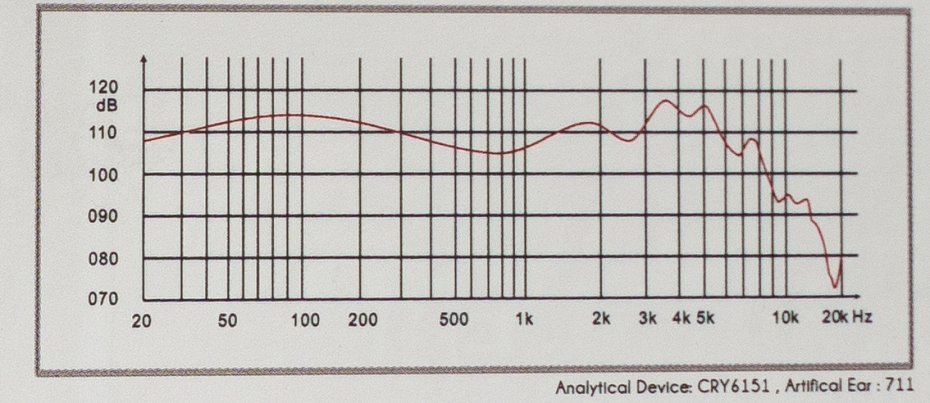







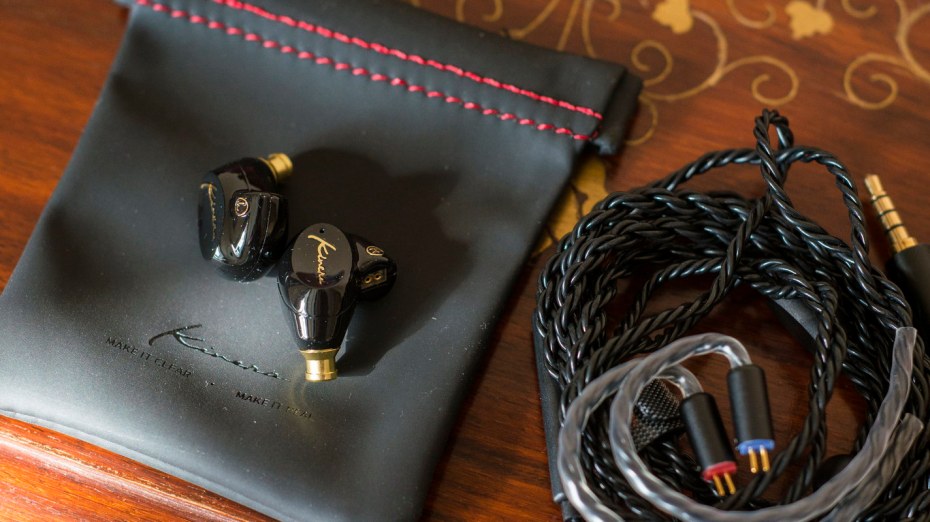






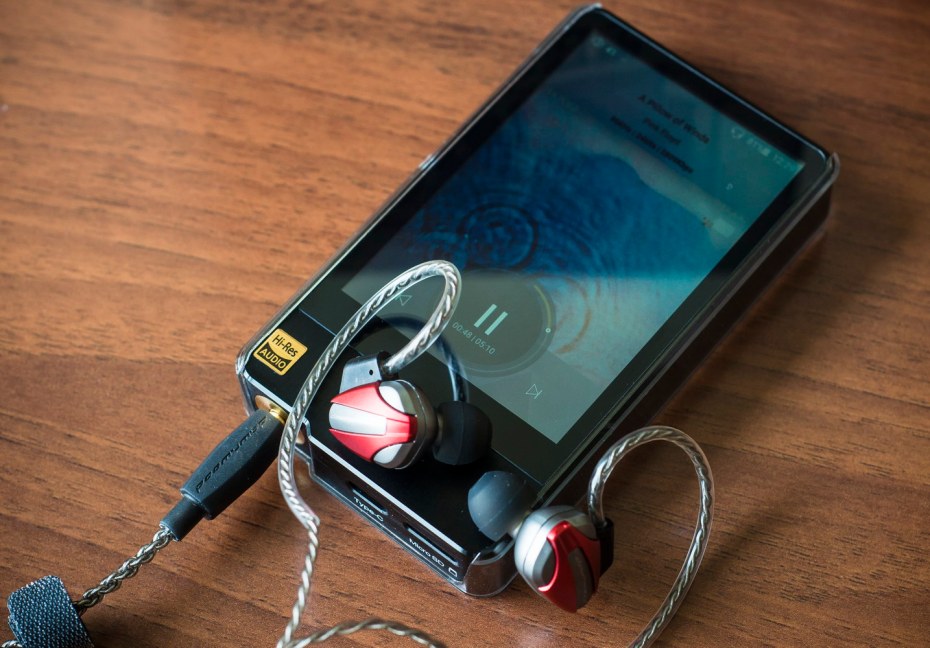
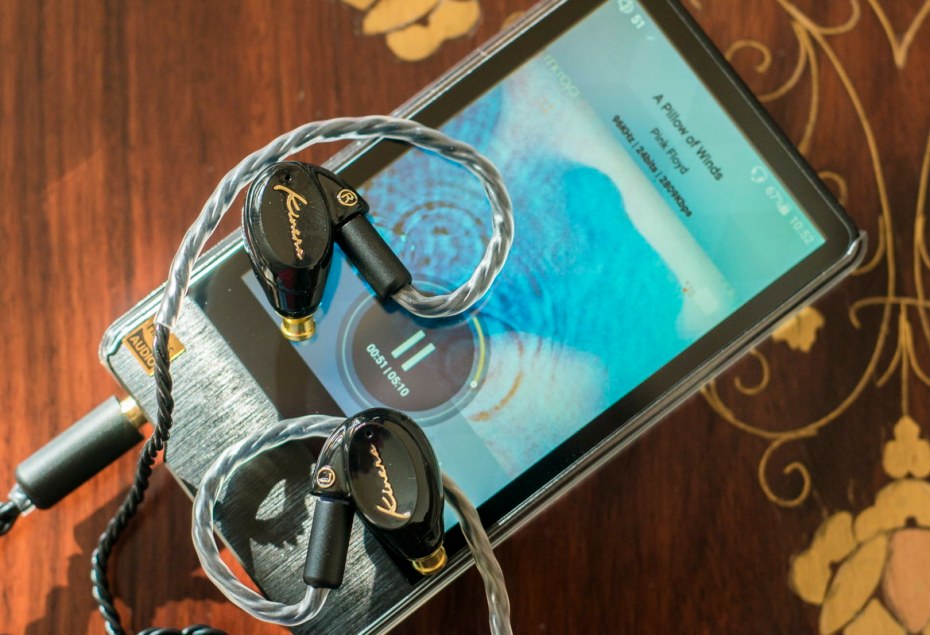




















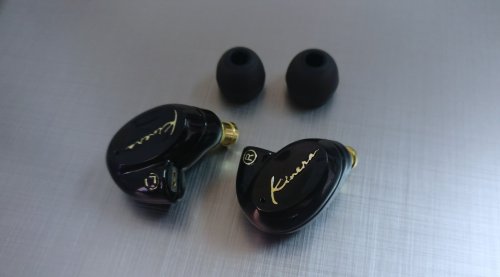











I just discovered my old BD500s and hooked them up to my AP200 - EQ'd to brighten them a bit I've totally fallen in love with them again. How would you compare the sound signature on these new seeds? I'm much more of a 'fun' V or W shape guy rather than too neutral.
I love the rich/warm and great bass and sub bass on the 500's sounds like the bottom end is much less emphasised on the seeds, would that be right?